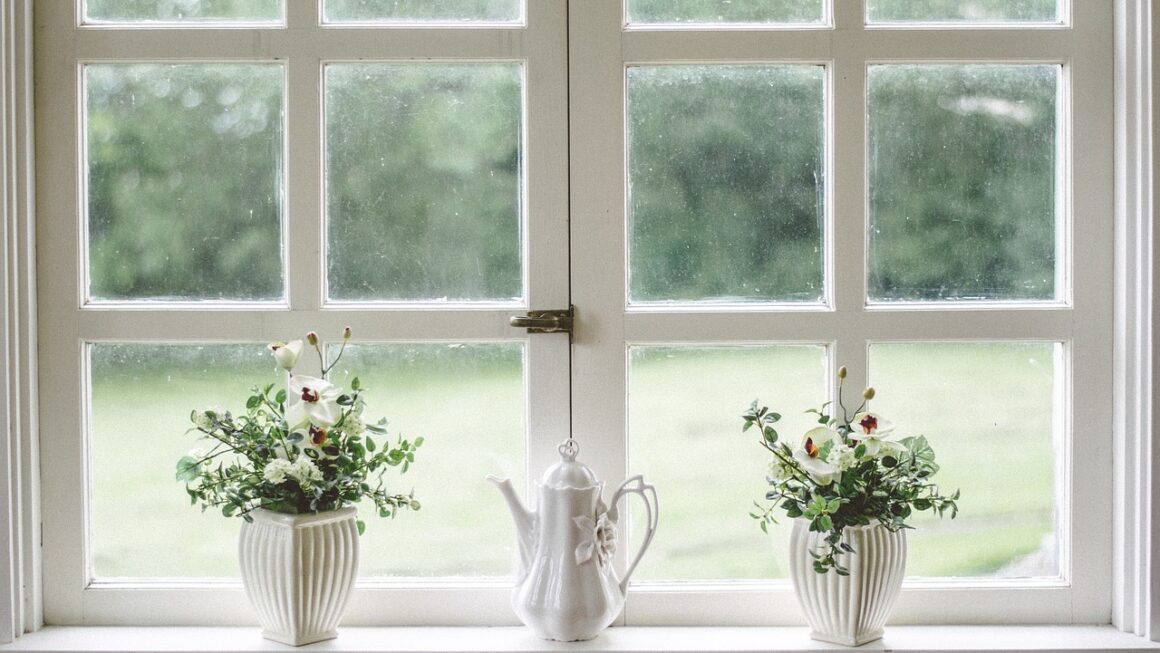Home security is no longer a luxury; it’s a necessity. With increasing concerns about burglaries, vandalism, and package theft, equipping your home with security cameras offers peace of mind and a proactive defense. Whether you’re a seasoned homeowner or a first-time renter, understanding the landscape of home security cameras is crucial for making informed decisions that fit your specific needs and budget. This guide will navigate you through the world of home security cameras, covering everything from types and features to installation and maintenance.
Understanding the Types of Home Security Cameras
Choosing the right security camera starts with understanding the different types available. Each type caters to specific needs and offers unique advantages.
Wired vs. Wireless Cameras
This is the most fundamental distinction. Wired cameras offer a stable connection and are less prone to interference, but they require more complex installation. Wireless cameras, on the other hand, are easier to install and offer greater flexibility in placement, but they rely on a Wi-Fi connection and battery life can be a concern.
- Wired Cameras:
Pros: More reliable connection, higher bandwidth for better video quality, less susceptible to hacking.
Cons: More complex installation, limited placement options due to wiring.
Example: Consider wired cameras for critical areas like entry points where reliability is paramount.
- Wireless Cameras:
Pros: Easy to install, flexible placement, often battery-powered.
Cons: Reliance on Wi-Fi, potential for connectivity issues, battery life limitations.
Example: Use wireless cameras for monitoring children’s play areas or backyards, where flexibility is key.
Indoor vs. Outdoor Cameras
Indoor cameras are designed for monitoring inside your home, while outdoor cameras are built to withstand the elements and offer enhanced features for perimeter security.
- Indoor Cameras:
Features: Often smaller and more discreet, may include pan and tilt functionality, designed for lower-light conditions.
Considerations: Privacy features (like lens covers) are important for indoor cameras.
Example: A small, pan-and-tilt camera in the living room to monitor pets or elderly relatives.
- Outdoor Cameras:
Features: Weatherproof housing, wider field of view, infrared night vision, often come with motion detection.
Considerations: Placement is key for optimal coverage and avoiding obstructions.
Example: A weatherproof camera mounted above the front door, providing a clear view of the entryway and deterring potential intruders.
Features to Consider
Beyond the basic types, several features can significantly enhance the effectiveness of your home security camera system.
- Resolution: Higher resolution (e.g., 1080p, 4K) provides clearer images and better detail. Consider 1080p as a minimum standard.
- Field of View (FOV): A wider FOV allows you to see more of the surrounding area. Look for cameras with at least 120 degrees FOV.
- Night Vision: Infrared (IR) night vision allows you to see in complete darkness. Ensure the IR range is sufficient for your needs (e.g., 30-50 feet).
- Motion Detection: Cameras with motion detection can send alerts to your smartphone when movement is detected. Customizable zones reduce false positives.
- Two-Way Audio: Allows you to communicate with people on the other end of the camera. Useful for deterring intruders or talking to delivery drivers.
- Storage Options: Cloud storage (usually subscription-based) or local storage (SD card) are common options. Evaluate your storage needs based on recording frequency and video quality.
- Smart Home Integration: Compatibility with smart home platforms like Amazon Alexa or Google Assistant allows for voice control and integration with other smart devices.
Planning Your Camera Placement
Strategic camera placement is crucial for maximizing the effectiveness of your home security system. Consider the following factors when deciding where to install your cameras.
Identifying Vulnerable Areas
Start by identifying the most vulnerable areas of your home.
- Entry Points: Front and back doors, windows, and sliding glass doors are prime targets for burglars.
- Blind Spots: Areas that are not easily visible from the street or neighbors’ properties.
- High-Value Areas: Locations where valuable items are stored, such as garages or sheds.
- Landscaped Areas: Pathways or driveways that lead to your home.
Optimizing Camera Angles and Heights
- Angle: Position cameras to capture clear views of entry points and potential access routes. Avoid direct sunlight, which can cause glare.
- Height: Mount cameras high enough to be out of reach but low enough to capture clear facial features. Approximately 8-10 feet is often a good height.
- Coverage: Use multiple cameras to cover all vulnerable areas and eliminate blind spots.
Example Scenario: Securing Your Front Door
- Camera 1: A doorbell camera with two-way audio and motion detection provides a clear view of visitors and deters potential intruders.
- Camera 2: A wide-angle camera mounted above the door captures the entire entryway and surrounding area.
- Placement Tip: Ensure the cameras are mounted securely and protected from the elements.
Installation and Setup
Installing your home security cameras can range from simple DIY projects to professional installations.
DIY vs. Professional Installation
- DIY: Suitable for wireless cameras and basic setups. Requires basic tools and technical skills.
- Professional Installation: Recommended for wired cameras, complex systems, or if you’re not comfortable with DIY.
Step-by-Step Installation Guide (Wireless Camera Example)
Common Installation Mistakes to Avoid
- Poor Wi-Fi Signal: Ensure a strong Wi-Fi signal at the camera’s location. Use a Wi-Fi extender if necessary.
- Incorrect Mounting: Mount the camera securely to prevent it from falling or being easily tampered with.
- Obstructed View: Avoid placing cameras behind trees, bushes, or other obstructions.
- Ignoring Privacy: Consider the privacy of neighbors and avoid capturing their property without their consent.
Maintaining Your Home Security Camera System
Proper maintenance is essential for ensuring the long-term reliability and effectiveness of your home security camera system.
Regular Maintenance Tasks
- Clean the lens: Use a soft, microfiber cloth to clean the camera lens regularly.
- Check the connections: Inspect the wiring and connections to ensure they are secure and in good condition.
- Update the firmware: Keep the camera’s firmware updated to ensure optimal performance and security.
- Test the system: Periodically test the camera’s functionality, including motion detection, night vision, and recording capabilities.
- Check the storage: Ensure that your storage (cloud or local) is sufficient for your recording needs.
Troubleshooting Common Issues
- Connectivity Problems: Check your Wi-Fi connection, reset the camera, or contact technical support.
- Poor Video Quality: Clean the lens, adjust the camera’s settings, or upgrade to a higher-resolution camera.
- False Alarms: Adjust the motion detection zones or sensitivity settings.
- Battery Life Issues: Replace the batteries or consider using a wired power source.
Conclusion
Investing in home security cameras is a proactive step towards protecting your property and ensuring the safety of your loved ones. By understanding the different types of cameras, planning your placement strategically, and performing regular maintenance, you can create a robust security system that provides peace of mind. Take the time to research and choose the cameras that best fit your needs and budget, and remember that a well-maintained security system is an investment that pays off in the long run.




